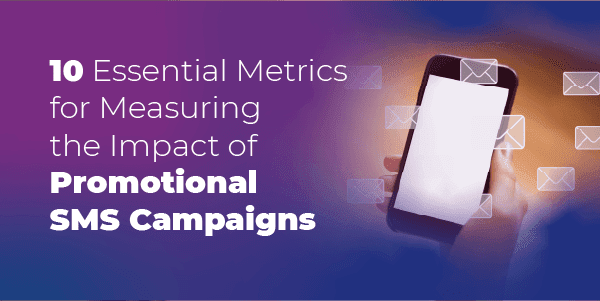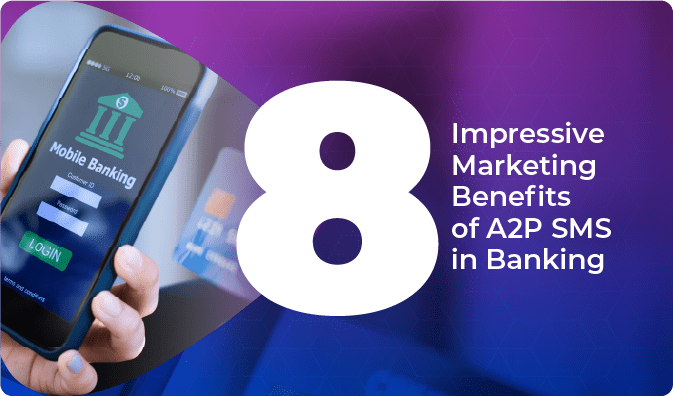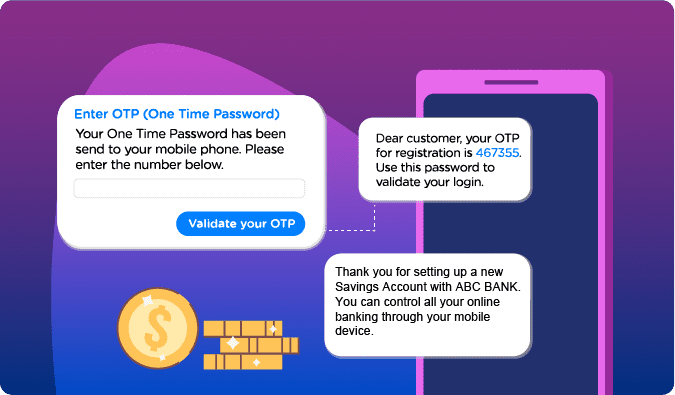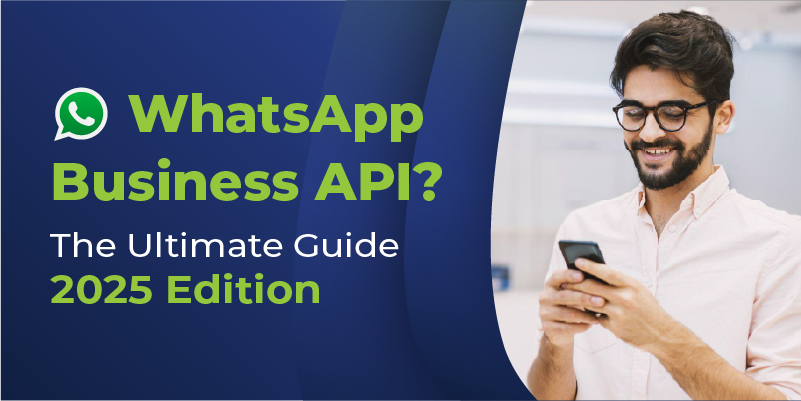In the fast-paced world of digital marketing, promotional SMS campaigns remain a powerful tool for businesses aiming to connect with their audience on a personal level. However, the success of these campaigns hinges on more than just the act of sending messages. Marketers must carefully analyze and measure the impact of their efforts using essential metrics to ensure they are reaching the right audience with compelling content. In this article, we will explore these key metrics, shedding light on their significance with real-world examples.
Summary:
- Delivery Rate: Ensuring Messages Reach the Right Hands
- Open Rate: Gauging Interest and Relevance
- Click-Through Rate (CTR): Tracking User Interaction
- Conversation Rate: Turning Engagement into Action
- Opt-out Rate: Balancing Frequency and Relevance
- ROI: Evaluating Cost-Effectiveness
- Customer Feedback: Adding Human Touch
- Time-of-Day & Day-of-Week Analysis: Perfecting Timing
- Geographic Analysis: Tailoring to Local Tastes
- Compliance Metrics: Staying on the Right Side of the Law
Delivery-Rate-Ensuring-Messages-Reach-the-Right-Hands
The delivery rate is the bedrock of any successful SMS campaign. It answers a fundamental question: how many of your messages are reaching the intended recipients? A high delivery rate is indicative of a clean and well-maintained contact list. For instance, if you send out 1000 SMS and 950 are successfully delivered, your delivery rate is 95%. This metric ensures that your campaign starts off on the right foot, minimizing the risk of valuable messages being lost in the digital abyss.
Open Rate: Gauging Interest and Relevance
Once your messages are delivered, the next crucial step is to measure how many recipients are opening and engaging with them. This is where the open rate comes into play. For instance, if 200 recipients out of the 950 delivered messages open them, your open rate is 20%. A high open rate indicates that your content is capturing the attention of your audience. If, however, the open rate is low, it might be time to reevaluate the content and make it more compelling.
Click-Through Rate (CTR): Tracking User Interaction
Moving beyond mere opens, the click-through rate (CTR) measures the percentage of recipients who not only open your message but also take a specific action, such as clicking on a link. For example, if 50 recipients out of the 200 who opened the message clicked on a link, your CTR is 25%. This metric provides insight into how engaging your call-to-action is. A higher CTR implies that your content is not only interesting but also incites action.
Conversation Rate: Turning Engagement into Action
Ultimately, the success of a promotional SMS campaign is measured by its ability to convert engagement into tangible actions. The conversion rate tells you what percentage of those who clicked on your link went on to complete a desired action, such as making a purchase. If, out of the 50 who clicked, 5 made a purchase, your conversion rate is 10%. This metric is a direct reflection of how well your campaign aligns with your business objectives.
Opt-out Rate: Balancing Frequency and Relevance
While building and retaining a customer base is crucial, monitoring the opt-out rate is equally important. This metric represents the percentage of recipients who choose to unsubscribe from your SMS campaigns. For example, if 10 recipients out of the 950 opt-out, your opt-out rate is 1%. A high opt-out rate may suggest that your messages are either too frequent, irrelevant, or not resonating with the audience. Striking the right balance is key to maintaining a healthy opt-out rate.
ROI: Evaluating Cost-Effectiveness
Measuring the return on investment (ROI) provides a comprehensive view of the cost-effectiveness of your SMS campaign. Suppose you spent $500 on a campaign, and it generated $2000 in revenue. Your ROI would be (2000 – 500) / 500 * 100 = 300%. This metric helps you assess the profitability of your campaign, taking into account both the costs incurred and the revenue generated.
Customer Feedback: Adding Human Touch
In addition to quantitative metrics, gathering customer feedback adds a qualitative dimension to your analysis. Integrating surveys or feedback mechanisms within your SMS campaigns can provide valuable insights into customer preferences, concerns, and expectations. For instance, asking customers to rate their experience with a recent promotion can offer nuanced insights that numbers alone might miss.
Time-of-Day & Day-of-Week Analysis: Perfecting Timing
Timing plays a crucial role in the success of a promotional SMS campaign. Analyzing the time-of-day and day-of-week when your messages receive the highest engagement can inform future scheduling decisions. For example, if you notice a spike in engagement on Saturdays between 2 PM and 5 PM, adjusting your campaign schedule to align with this trend can optimize results.
Geographic Analysis: Tailoring to Local Tastes
Understanding the geographic distribution of your audience allows for tailored messaging that resonates with local preferences. For instance, if your SMS campaign promotes a special offer available only in certain locations, analyzing the response from those areas can inform future localized campaigns. This level of customization enhances the relevance of your messages, increasing the likelihood of positive responses.
Compliance Metrics: Staying on the Right Side of the Law
Compliance with regulations is non-negotiable in SMS marketing. Metrics related to compliance include the percentage of messages adhering to opt-in/opt-out regulations, the presence of required disclaimers, and overall conformity to industry standards. Failure to comply not only risks legal consequences but can also tarnish your brand’s reputation. For example, monitoring compliance metrics ensures that your campaigns align with legal requirements, fostering trust with your audience.
In conclusion, the success of promotional SMS campaigns relies on a meticulous analysis of key metrics. By delving into the delivery rate, open rate, CTR, conversion rate, opt-out rate, ROI, customer feedback, timing analysis, geographic insights, and compliance metrics, marketers can gain a holistic understanding of their campaign’s impact. Armed with this knowledge, they can fine-tune strategies, optimize content, and ultimately achieve maximum effectiveness in the competitive digital marketing landscape.











